In July, Coca-Cola announced that it was cutting some “zombie brands” and focusing its resources on more profitable lines by introducing margin management. The company has about 400 master brands, half of which are brands of little or no scale and that account for about 2% of the firm’s total revenues.
These brands (Odwalla juice and smoothie brand was among the first to get the axe) consume resources and divert money and time away from Coca-Cola’s more profitable businesses.
Do you know the products that are consuming your resources without delivering the profitable benefits of sale?
Following Suit
Shippers of all sizes can borrow a page from Coca-Cola’s playbook which takes the examination of SKU viability to new levels by assessing (and in some cases, eliminating) entire brand portfolios in order to determine which products are making money, and which ones aren’t.
When you understand SKU viability, you can refine your marketing messages, pricing, pass-through costs, and other elements that determine whether you make money on an order (or not). The key is to determine which products are “winners” and which are “losers,” and then focus on the former. Weed out the products that are not making money and focus on the ones that are profitable.
Use the 80/20 Rule
The Pareto Principle (80/20 Rule) comes into play here, and asserts that roughly 80% of the effects come from 20% of the causes. Recognizing that 20% of your SKUs typically represent 80% of your sales volume, determine a baseline. Focus on what it costs to pick, pack and ship each of those different SKUs.
There aren’t many companies that have a good handle on profitability at the individual SKU level, particularly when factoring in fulfillment costs, inbound costs and shipping costs. Combined, these drivers can make a major difference in an order’s profitability.
Consider the manufacturer of outdoor goods that typically sells to big box retailers. During COVID, this company began shipping directly to consumers when more people started placing orders online. Shipping a pallet of 25 outdoor umbrellas to a large retailer at no charge was a profitable venture. On the other hand, free shipping for those 9-foot, 75-pound umbrellas bound for 25 different households via Parcel takes a huge chunk out of the bottom line.
This is a situation where evaluating SKUs based on the price that customers pay doesn’t work. Offers like “Buy $50 in merchandise and get free shipping” can further complicate the circumstances. Complexity increases when orders must be shipped in multiple boxes—a reality that quickly consumes the profitability on any order.
Find a Margin Management Partner to do the Heavy Lifting

Without good transportation analytics, SKU profitability becomes an expensive guessing game. And the more SKUs you’re selling, the more complex your margin management profile will be.
Avoiding these problems requires a pick-and-axe approach similar to what Coca-Cola is using to whittle down its brand portfolio. If you don’t have the time, staff, or technology in-house to manage it on your own, Transportation Insight is here to do the heavy lifting for you.
To help you better understand all that’s required in determining SKU profitability, we created “You Shipped it, but … Did it Make Any Money?” Download it today for strategies that will help you protect profitability on every order.










